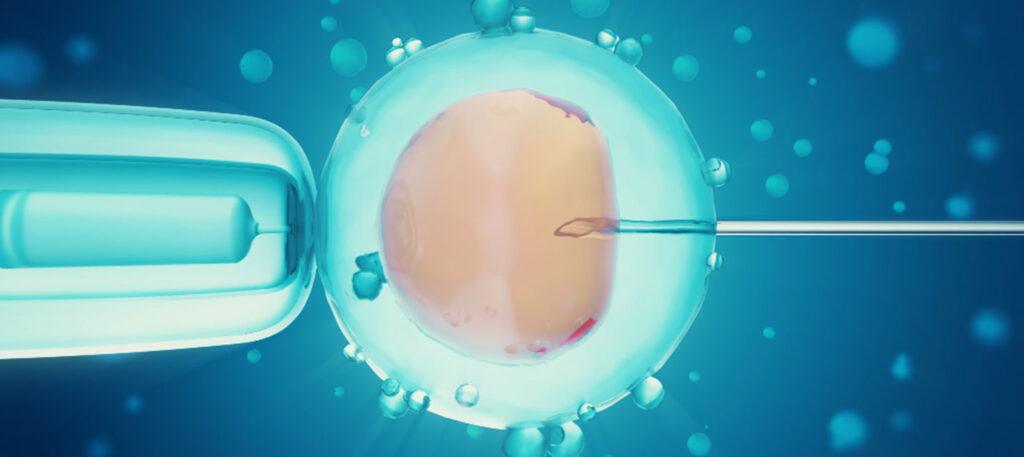IVF Treatment
Infertility Evaluation
Infertility Evaluation
Laparoscopy
Hysterocopy
Fertility Surgery

Best IVF Treatment in Kolkata
With the help of Dr. Biplab Deb and his skilled fertility team, you may now get the best IVF treatment in Kolkata. The process of parenthood isn’t always simple, and it can be discouraging when months or years of hard work yield no results. However, IVF (In Vitro Fertilization) has given thousands of people hope again thanks to modern medicine.
Understanding In Vitro Fertilization (IVF)
- Blocked or damaged fallopian tubes
- Low sperm count or motility issues
- Ovulation disorders or endometriosis
- Unexplained infertility
- Recurrent pregnancy loss
- Age-related fertility decline
- Fertility preservation before cancer treatment
Why Choose Dr. Biplab Deb for IVF Treatment in Kolkata
Personalized Fertility Solutions
Just as no two patients are alike, neither are their therapies. Following a thorough assessment of both parties, Dr. Deb develops individualized IVF regimens that take into account underlying medical issues, hormonal balance, and the quality of the eggs and sperm.
State-of-the-Art IVF Lab
The clinic maintains optimal circumstances for fertilization and embryo growth with its state-of-the-art embryology labs, high-resolution microscopes, and air-filtered incubation systems.
Experienced Fertility Team
From diagnosis to birth, you are guided by a committed team of reproductive endocrinologists, embryologists, and fertility counselors led by Dr. Deb.
High Success Rate
Even in complicated or previously unsuccessful situations, Dr. Deb has one of the best IVF treatment success rates in Kolkata because to years of experience and exacting guidelines.
Holistic Care and Counseling
The clinic offers couples emotional and psychological assistance in addition to medical care, assisting them in maintaining their optimism throughout the process.
IVF Treatment Process in Kolkata – Step by Step
1. Consultation and Fertility Evaluation
2. Ovarian Stimulation
- Optimal growth is ensured by routine monitoring with hormone testing and ultrasounds.
- To get the eggs ready for collection, a trigger injection is administered once they reach maturity.
3. Egg Retrieval (Ovum Pick-Up)
- Under light anesthetic, the process takes around 20 minutes.
- On the same day, patients can return home.
4. Sperm Collection and Preparation
5. Fertilization in the Laboratory
6. Embryo Culture and Monitoring
- Only the highest-quality, healthiest embryos are chosen for transfer.
- For upcoming cycles, more embryos can be cryopreserved, or frozen.
7. Pregnancy Test and Follow-Up
IVF Treatment Cost in Kolkata
- Age and reproductive status of the patient
- IVF technique type (donor programs, ICSI, regular IVF, etc.)
- Hormonal needs and medication
- Extra steps like laser hatching or freezing embryos
IVF Treatment Success Rate in Kolkata
- Women under 35: 55–65% success rate per cycle
- Women aged 35–40: 40–50% success rate
- Women above 40: 25–35% success rate
Advanced IVF Techniques Available
- ICSI (Intracytoplasmic Sperm Injection) for male infertility
- Blastocyst Culture and Transfer for higher implantation chances
- Cryopreservation for embryo or egg freezing
- Donor Egg and Donor Sperm Programs
- Laser-Assisted Hatching
- Preimplantation Genetic Testing (PGT) for genetic screening
Why IVF with Dr. Biplab Deb Is a Life-Changing Experience
When to Consult a Fertility Specialist
- You have been trying to get pregnant for more than a year (or six months if you are older than 35).
- You have had several miscarriages.
- You have known infertility problems or irregular menstrual periods.
- You’ve had unsuccessful fertility treatments in the past.
- There are issues with your partner’s or your genetic health.
Begin Your Parenthood Journey with Confidence
Meet Our Expert
When choosing fertility care, you’re not just choosing a center. You’re choosing a person you can trust with your most personal journey. Here’s why patients across India turn to Dr Biplab Deb:
- MBBS, MD, DNB, FNB (Reproductive Medicine)
- 18+ years dedicated solely to IVF and fertility treatment
- Known for exceptional success rates and evidence-based care
- Trusted by couples for his calm, compassionate bedside manner
Ready to Consult Us?
FAQs


